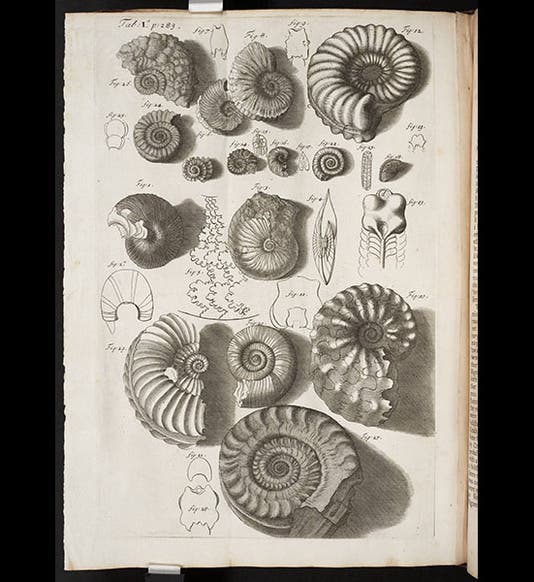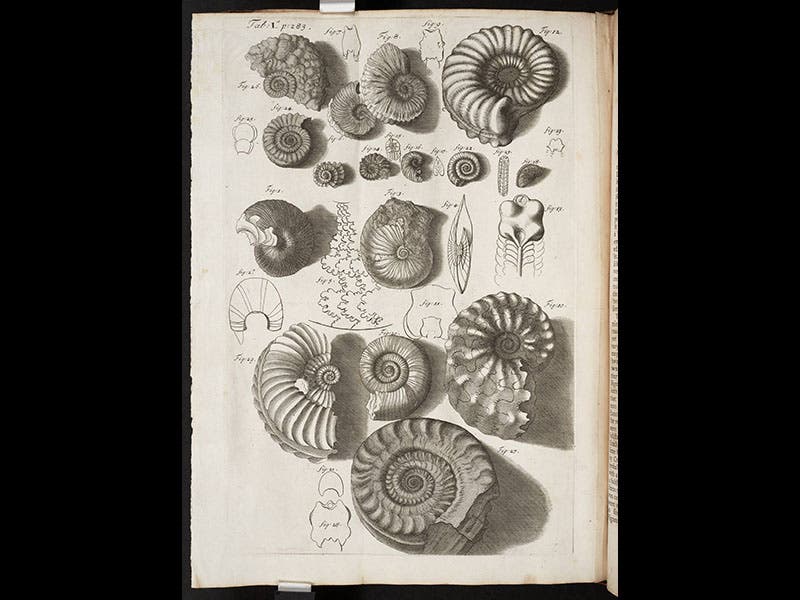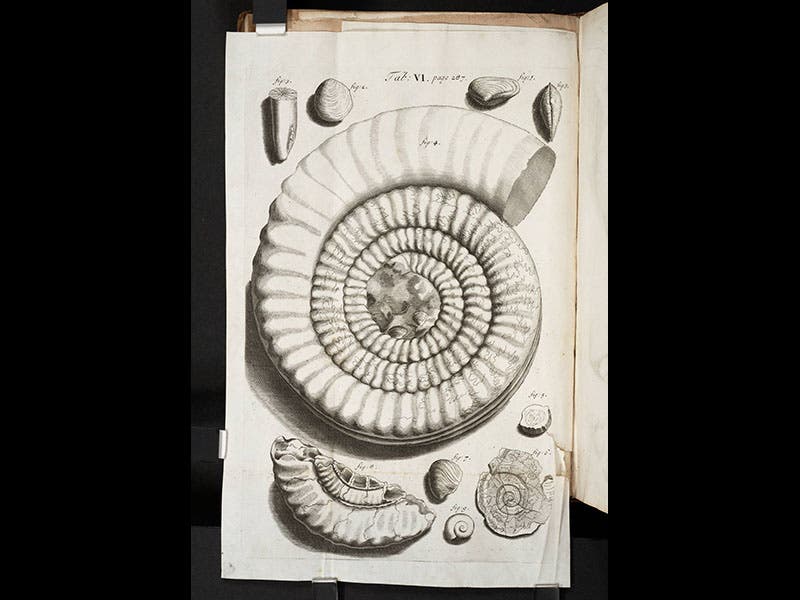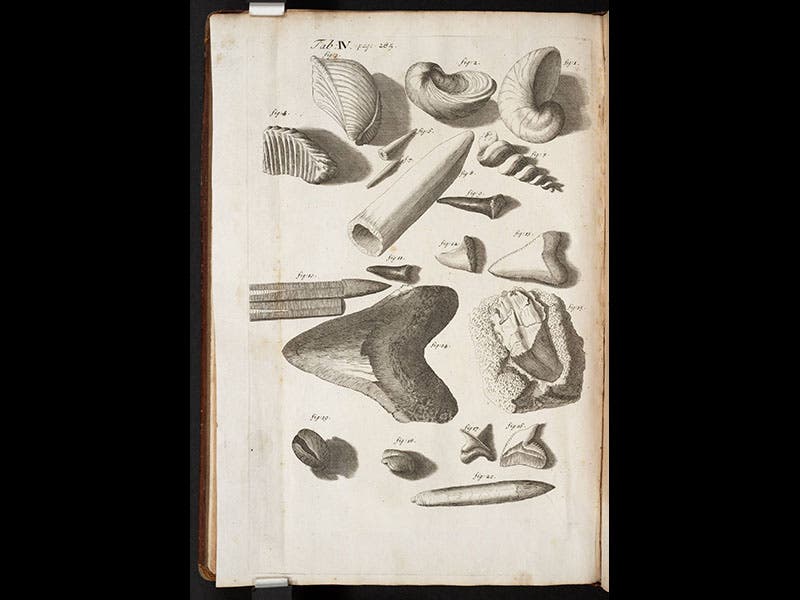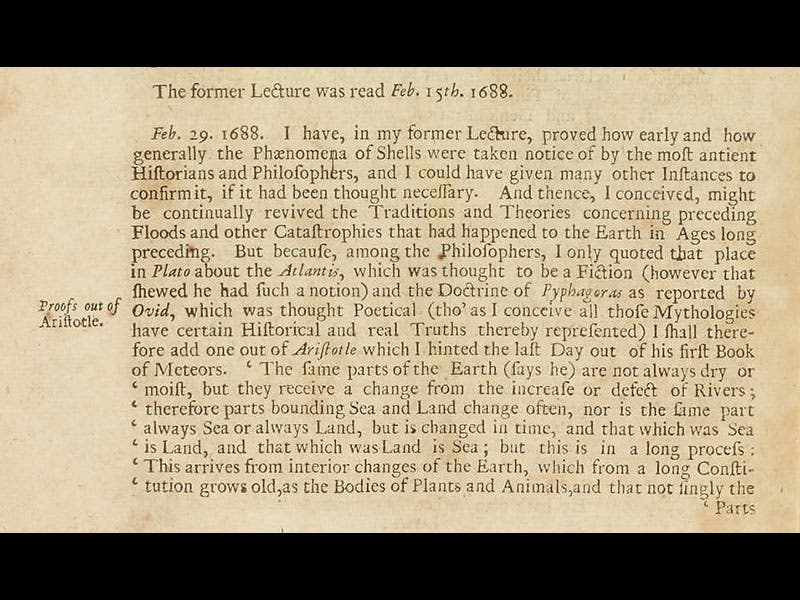Scientist of the Day - Robert Hooke
On Feb. 29, 1688, Robert Hooke gave a lecture to the Royal Society of London about geological changes that the earth had undergone in its long history. It was one in a series of lectures on geology that Hooke gave over a 30-year span, and which were later printed as "Discourse of Earthquakes" in his Posthumous Works (1705). But this lecture was special, for here Hooke called attention to the importance of fossils in working out the earth's geological history. Shells found in rocks, says Hooke, are "… Records of Antiquity which Nature have left as Monuments and Hieroglyphick Characters of preceding Transactions in the ... Body of the Earth, which are infinitely more evident and certain tokens than any thing of antiquity than can be fetched out of Coins or Medals." Since most of his contemporaries considered fossils to be figured stones that grew in the earth, or lusus naturae, jokes of nature put there to amuse us, Hooke's pronouncement was a remarkable statement, a declaration of his belief that fossils are the remains of once living creatures, and that their location in rocks has to be explained, even if it means turning land into sea and sea into land. His comparison to ancient coins is a wonderful analogy; if we can reconstruct the history of Roman Britain from coins that we find in ruins, why can we not reconstruct the history of the earth from its coins and medals, the fossils in the rocks?
The images are all from the Posthumous Works, which we have in our collections; the first three illustrate an earlier lecture in which Hooke argued that ammonites are the fossilized remains of extinct sea creatures. Image four shows the beginning of his “Records of antiquity” paper, with the leap-day date, and image five shows the remarkable passage on p. 411 from which we quoted above.
Dr. William B. Ashworth, Jr., Consultant for the History of Science, Linda Hall Library and Associate Professor, Department of History, University of Missouri-Kansas City. Comments or corrections are welcome; please direct to ashworthw@umkc.edu.

